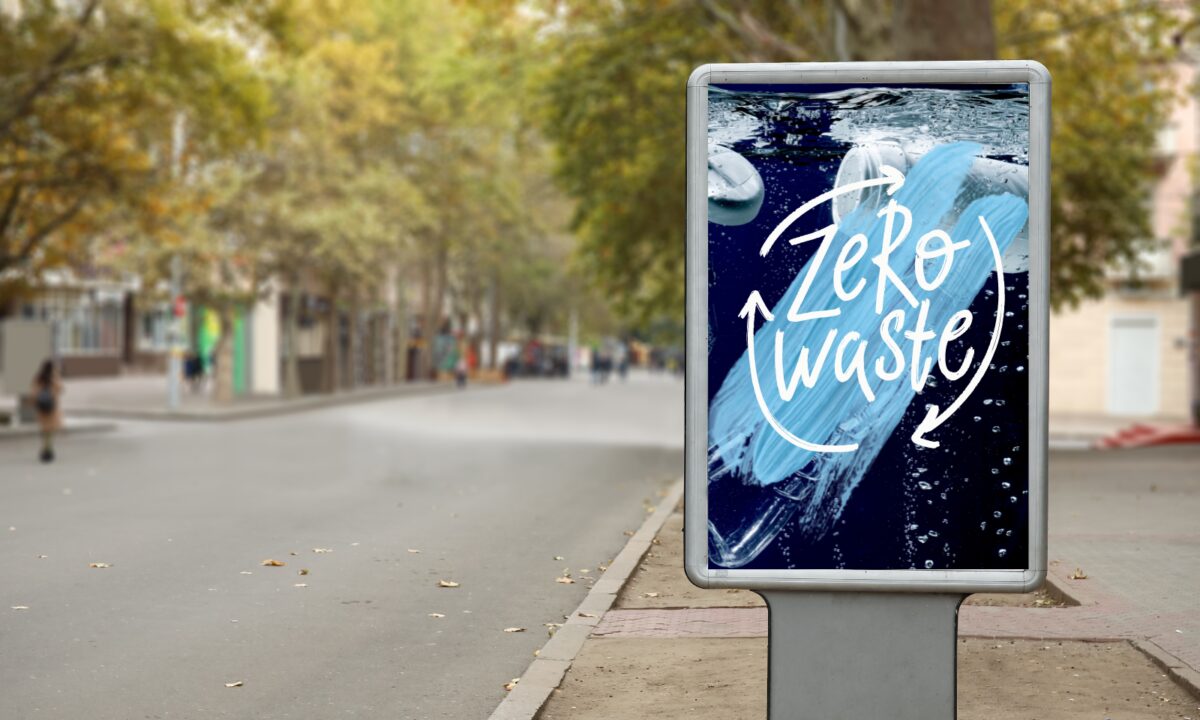How to avoid greenwash: the UK Green Claims Code
Sustainability has long been plagued with greenwashing. Marketers frequently opt for vague terms like ‘eco-friendly', ‘green’ and ‘all-natural’, which can mislead or outright lie to the public about a product or company’s environmental impact. It’s no surprise that polling from RED C Research last year discovered that 62% of the UK public found it difficult to understand which brands are sustainable and which aren’t. With a third of the UK’s necessary emissions cuts hinging on behavioural change, it’s crucial that the public have the information they need to make more sustainable choices.
It was therefore welcome that, after the Competition and Markets Authority’s review into greenwashing concluded 40% of online green claims could be misleading, the body introduced rules on how to make meaningful environmental claims via the Green Claims Code in September 2021.
Green Claims Code
- Claims must be truthful and accurate.
- Claims must be clear and unambiguous.
- Claims must not omit or hide important relevant information.
- Comparisons must be fair and meaningful.
- Claims must consider the full life cycle of the product or service.
- Claims must be substantiated.
Which all sounds straightforward enough. Yet, over a year since the launch, brands continue to fall foul of the regulator. A minority of breaches appear to be out-and-out greenwash – for instance, a nutrition drinks company that advertised its plastic-lined bottles as plastic-free. But the Advertising Standards Authority (ASA) has found that even though they may not have deliberately misled consumers, many brands have ended up inadvertently breaching the code.
Here’s what we can learn from the ASA’s significant rulings:
Ditch ‘eco-friendly’
Compare apples to apples
Don’t mix messages
Don’t shove exclusions in the small print
Consider the big picture
No cherry-picking

So, brands are falling short because of unsubstantiated, misleading claims and a lack of consideration as to how the public might interpret these. The ASA’s concern with the overall impression of advertising should encourage brands to pause and consider how their messaging stacks up with the rest of their approach to sustainability.
How will this shift marketing approaches in the future?
We expect to see brands getting more specific about exactly how their products are ‘better’ for the environment and leaning less on vague claims. We could well see a focus on the behavioural messaging of adverts too in the coming year. The Committee of Advertising Practice (CAP) has advised the ASA to consider how regulations around social responsibility impact environmental messaging - for example, adverts that trivialise behaviour that might result in pollution or excess waste.
If your carbon footprint does not include value chain emissions – start measuring. If your strategy relies on offsets – reduce emissions. If your net-zero target isn’t science-based, up your ambition.
What about companies that claim to be 'net zero' or 'carbon neutral'?
It won’t be long before brands are challenged on their ‘net zero’ and ‘carbon neutral’ claims. ASA research into public understanding found that people largely interpret these terms to be ‘absolute’ claims that imply overall emissions reductions, rather than relying on offsets. In fact, people felt misled when they learned these claims might be either partially or wholly dependent on offsetting. The research didn’t cover the issue of scope exclusion, the common practice of ignoring value chain or ‘scope 3’ emissions (which are regularly 70-90% of a total footprint). But it follows that if 'carbon neutral' and 'net zero' are understood to be absolute claims, then any communication that ignores scope 3 emissions would also be misleading to the public.
The lack of a standard definition of 'net zero' is also confusing to the public, who have called on the Government to standardise and police the use of these terms. Since industry best practice is widely considered to be the Science Based Target initiative’s Net Zero Corporate Standard, we’d hope to see science-based targets mandated as standard, should the regulator act on this request.
Ultimately, brands that take sustainability shortcuts will find they have less and less they can say about their approach. If your carbon footprint does not include value chain emissions – start measuring. If your strategy relies on offsets – reduce emissions. If your net-zero target isn’t science-based, up your ambition.
Organisations must ensure the sustainability claims they make are watertight, but the ASA acknowledges that environmental claims in advertising are some of the most complex to safely construct.
Bioregional can help. We play the role of a critical friend, having honest conversations with our clients about their products’ strengths, and where there’s room for improvement. We have a wealth of experience, having partnered with PETA to compare the environmental footprint of Papa John's dairy and vegan pizzas, helping B&Q’s parent company Kingfisher set the sustainability of its entire product range, and supporting Wilko in the communication of its plastic-free wipes.
Need help with your sustainability strategy and communications?
Explore our full range of sustainability consultancy services, or get in touch via the form below to speak to our Sustainable Business team.







